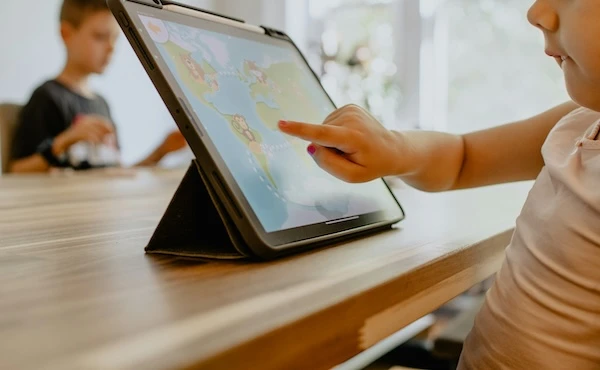
In our technology-driven world, screens have become ubiquitous companions for children of all ages. While digital devices offer educational opportunities, mounting research reveals significant implications for language development, particularly during critical early childhood years.

Young children’s brains are extraordinarily plastic, with neural connections forming at remarkable rates. Language development occurs through complex interactions involving:
Screens, by contrast, provide one-dimensional stimulation that cannot replicate the rich, multilayered communication essential for linguistic growth.
When children spend substantial time with digital devices, they experience reduced human Interaction, resulting in:
Excessive screen time can limit the development of children’s communication skills such as:

The key lies not in total elimination of screens, but in creating rich, interactive learning environments that prioritize human connection and communication. The following recommended screen time guidelines can help you decide how much screen time is appropriate for your little learner:
To teach good screen time habits early, establish clear limits on screen time, designate screen-free zones like mealtimes, encourage active play and outdoor activities, prioritize quality content, co-view with your child, and set a good example by managing your own screen usage, especially before bedtime; essentially, create a balance between screen time and other engaging activities to promote healthy digital habits from a young age.
As your child gets older, implement these positive screen time approaches as strategies for balanced digital exposure:

Encourage unplugged, unstructured playtime. Create tech-free zones or times, such as during mealtime or one night a week. Discourage use of media entertainment during homework. Set and enforce daily or weekly screen time limits and curfews, such as no exposure to devices or screens one hour before bedtime
Technology is not inherently harmful, but mindful, intentional use is crucial. By understanding screen time’s potential impacts and implementing balanced approaches, you can support your child’s robust language development in our digital age. Sign up for East Bay Child Development Center’s newsletter to stay informed about our upcoming social events and play dates. Follow us on Instagram or Facebook to get low-tech activity ideas for young children.